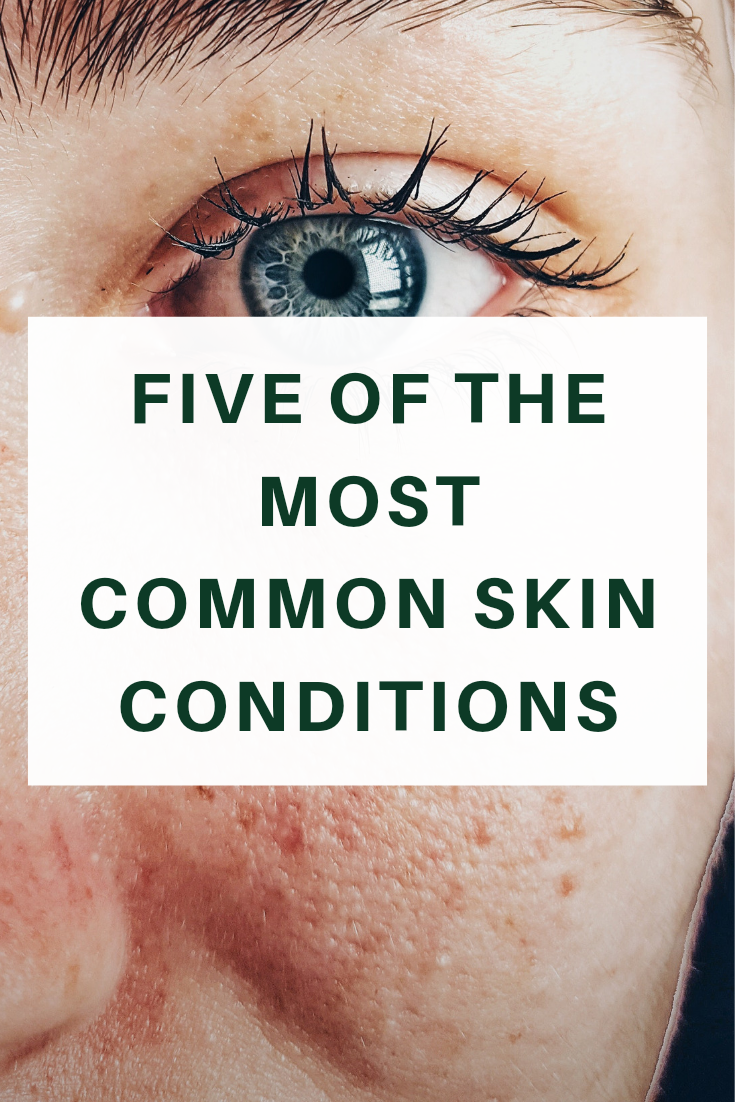Modern trends in health and beauty today are towards the efficacy of natural and organic ingredients. Women in particular are becoming more aware of what they put on their skin as they realize that it is just as important to ensure the purity and safety of skin products as it is to be careful of what you eat. It has never been truer to say – “don’t put on your skin what you would not put in your mouth”.
Your Skin is Your Largest Organ
It is therefore particularly vulnerable to anything toxic. Essential oils are powerful plant derived medicines which have been used for thousands of years to treat skin conditions while enhancing beauty and promoting wellness. Essential oils are the perfect remedy for skin conditions.
Acne
Acne is such a common condition affecting as many as 80% of all adolescents and even persisting into adult life. Pimples can appear on the face, chest and back but teens mostly suffer from outbreaks on the forehead, nose and chin. Acne is caused by the overproduction of sebum which is an oily substance that forms in glands just under the surface of the skin in the sebaceous glands. In normal times, this sebum flows out of hair follicles from the glands onto the skin to act as a natural skin moisturizer. But a blockage can develop in the pores made up of sebum, dead skin cells and bacteria. The blockage is only microscopic at first but, as it gets bigger, it develops into a blackhead or whitehead. And then you have acne. Most of the sebaceous glands are found on the face, neck and back and of course this is where acne appears.
Cracked Heels
Cracked Heels can be very painful and unattractive. When dry skin occurs on the feet, it is usually just a nuisance but if it becomes excessively dry, the skin can tear and crack so that painful fissures and cracked heels result. Dry feet need specialized care to prevent pain and to treat the symptoms. If treatment is not initiated early, not only can the pain become intense, but the cracks and fissures may bleed, the condition becomes more difficult to treat because regular moisturizers will not penetrate the dry, dead, thick skin on our heels. Once bleeding occurs, the skin is prone to bacterial infections and athlete’s feet too. Treatment is need to repair the damaged skin cells naturally while improving the appearance of the heels
Eczema
Eczema is the name used to describe a set of skin conditions that affect the outer layer of the skin and appear as a red itchy and swollen skin rash. Although the rash may look unsightly, eczema is never contagious. Of the two main types, atopic eczema is the most common and closely linked to asthma and hay fever. Often running in a family, atopic eczema can affect both adults and children with itchiness being the main symptom and causing great discomfort as well as dryness of the skin, redness and inflammation. Scratching is inevitable but this should be avoided at all costs because it causes the skin to split so that infection can take hold. If this happens, the skin will crack and weep. Those with atopic eczema are sensitive to different allergens in the environment leading to an excessive reaction by the immune system.

Moles
Moles mostly develop either at birth or during childhood and are colored spots on the outer layer of your skin. These very common skin growths can appear anywhere on your skin and are usually brown or black, either on their own or in groups. Moles can be round, oval, flat or raised, occurring singly or in clusters on any part of the body. Most moles are brown, but colors can range from pinkish flesh tones to yellow, dark blue or black. Nearly everyone has approximately 10 to 40 moles of different types. A mole usually lasts about 50 years before beginning to fade. Some moles will disappear altogether while some never lighten at all.
Psoriasis
Psoriasis appears as patches of itchy thick, red skin covered with silvery scales. Sometimes there is a burning sensation and the skin at the joints may crack. Psoriasis usually occurs on the elbows, knees, scalp, lower back, face, palms and soles of the feet, while the nails and the soft tissues inside the mouth and genitalia can also be affected. Normal skin cells take approximately a month to mature and shed but in psoriasis, the cell maturation speeds up, taking only three to four days leading to an accumulation of dead cells in thick patches on the skin’s outermost layer. It is thought that psoriasis is most likely a disorder of the immune system causing the T cells in the skin to trigger the inflammation and excessive skin cell reproduction. There are times when the skin worsens, and then improves. Flare ups can be caused by changes in climate as well as infections, stress, dry skin and certain drugs. Of those with psoriasis, many will go on to develop joint inflammation with arthritis symptoms. This is known as psoriatic arthritis.
*This is a collaborative post

